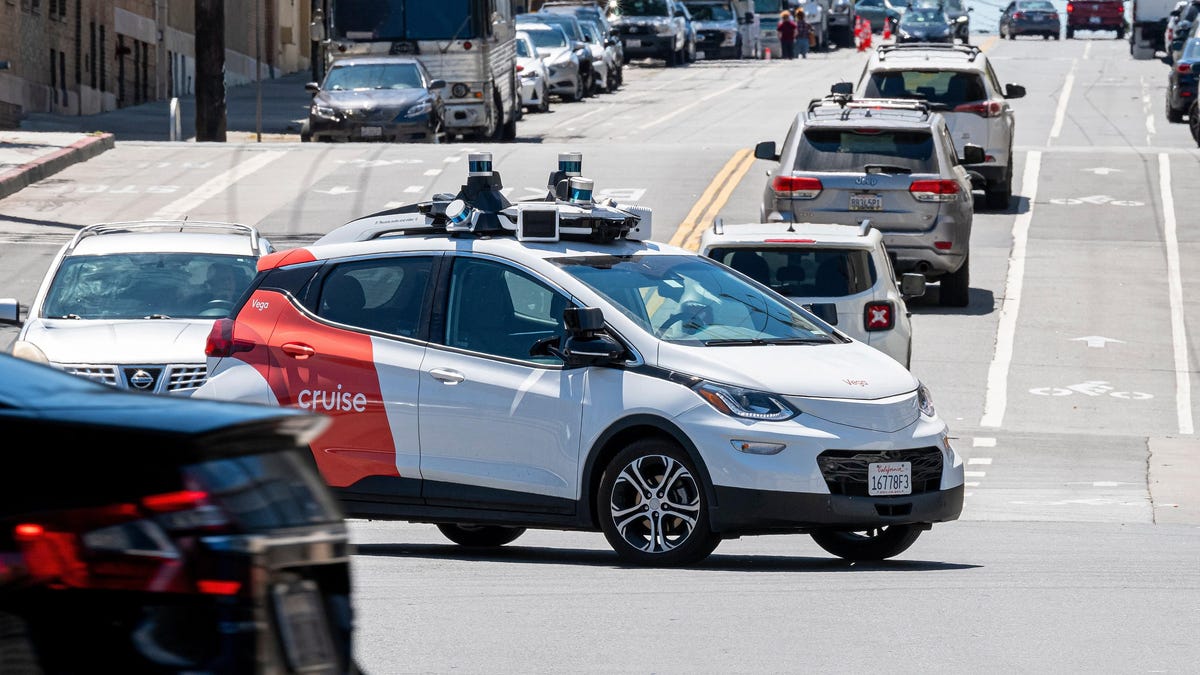
Things continue to get worse for Cruise, the troubled robotaxi company that once dreamed of being a leader in the autonomous driving industry. Just one month after a violent collision forced the company to on land all its fleets nationwide, several media outlets have reported that the company’s “autonomous” cars… well… don’t actually drive themselves all the time. Instead, the vehicles appear to be assisted by remote human assistants, often every four or five miles.
Over the weekend, the New York Times dropped a story which alleged that Cruise vehicles were supported by a “vast operations staff” and that, prior to the company’s “pause” of operations, these staff frequently had to step in to “do something to remotely control a car after receiving a cellular signal that was having problems.” The Times report, while intriguing, did not provide many details about what that meant. However, after the story was published, Cruise CEO Kyle Vogt came into the section of comments. in Hacker News and largely confirmed many of the details in the report. Vogt said:
Cruise AVs receive remote assistance (RA) 2% to 4% of the time on average, in complex urban environments. This is already low enough that there isn’t much of a cost benefit to optimizing much further, especially considering how useful it is for humans to check things in certain situations.
While 2 to 4 percent of the time may not seem like much, the company later provided additional details to CNBC. A Cruise spokeswoman, Tiffany Testo, wrote in an email to the news site that a “remote assistance” session typically occurs every four or five miles for the company’s vehicles. Testo continued:
“Many times the AV proactively initiates them before it is sure it will need help, such as when the AV’s intended path is obstructed (e.g., construction blockages or detours) or if it needs help identifying an object,” he wrote. “Remote assistance is in session approximately 2% to 4% of the time the AV is on the road, which is minimal, and in those cases the RA advisor provides guidance information to the AV, not controls it directly.” remotely”.
Of remote assistance advisors, Testo said there was typically one remote assistant “for every 15-20 driverless autonomous vehicles.” She added:
“RA advisors undergo a background check and driving record check and must complete two weeks of comprehensive training before beginning, consisting of classroom training, scenario-based exercises, live monitoring, and assessments based in knowledge. Advisors also receive ongoing training and receive supplemental training whenever there is a new feature or update. Regular reviews, updates and audits are carried out to ensure high performance.”
While the company’s transparency here is admirable, the mere existence of this operations center inspires many questions. How exactly are these employees involved in the vehicle’s journeys? What type of control does the remote control have over the car? What kind of digital security precautions has Cruise implemented (or not implemented) around remote access software that allows this to happen? How big is the remote access team? Gizmodo has reached out to Cruise for additional information and will update this story if they respond.
At its most basic level, the revelation about Cruise’s remote operations center would seem to reveal more evidence that AI still doesn’t work on its own. Instead, largely invisible human workforces toil away in the background, doing indispensable things if:in many cases—undervalued labor. While many of the details about Cruise’s remote operations equipment are unclear, it’s another reminder that “autonomous” machines still require adult (human) supervision.






/cdn.vox-cdn.com/uploads/chorus_asset/file/25330654/STK414_AI_CHATBOT_E.jpg)



